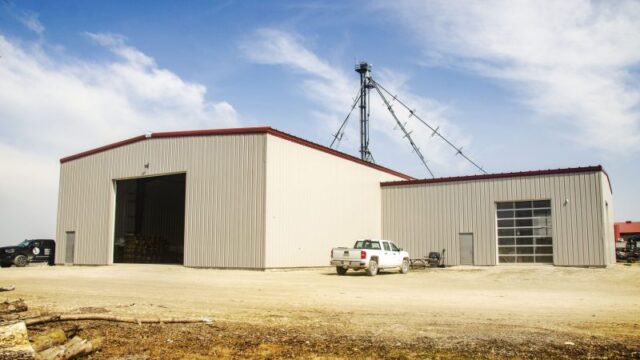
Steel buildings stand as marvels of modern engineering, offering durability, flexibility, and cost-effectiveness. The perfection of a steel structure lies in its structural excellence, a cornerstone for long-lasting and safe constructions. In this blog, we explore practical and insightful tips for achieving this excellence.
From choosing the right location to ensuring regular maintenance, each aspect contributes to the building’s integrity. Whether you’re an industry professional or a curious reader, these guidelines will help you understand the nuances of building the perfect steel structure.
Choose the Right Location
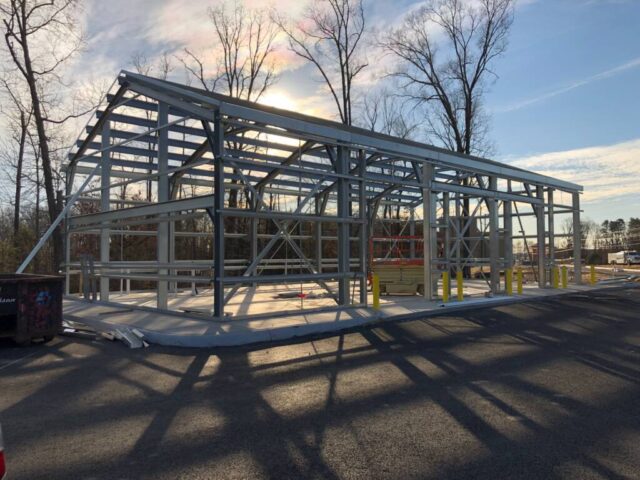
Selecting the ideal location is crucial for your steel building. The site influences not only the building’s accessibility but also its longevity. Consider factors like soil type, as it affects the building’s foundation, and climate, which influences materials and design. Local building codes are pivotal in determining structural requirements.
Consulting with experts, such as geotechnical engineers, for a thorough site evaluation is a wise investment. This step ensures your building is positioned for maximum efficiency, safety, and compliance with local regulations.
Design for Purpose
The purpose of your steel building dictates its design. A warehouse requires different considerations than a residential space. Key factors include load-bearing capacity, space utilization, and functionality. For instance, a heavy machinery storage facility demands a robust frame and floor, whereas an office space focuses on layout and comfort.
Collaborating with an architect or engineer who understands your vision and purpose ensures a design that is not only aesthetically pleasing but functionally sound. This alignment of design and purpose is vital for the building’s efficiency and longevity.
Quality Steel Materials
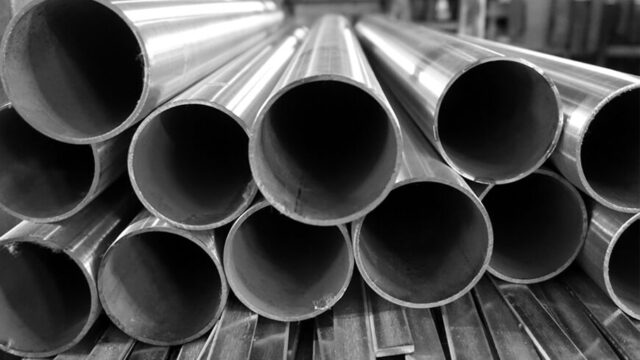
The heart of your building lies in the quality of steel used. High-quality steel ensures durability and resistance to environmental stresses like corrosion and extreme weather. Opting for lower-grade steel might save costs upfront but can lead to increased maintenance and potential structural failures.
Source your materials from reputable suppliers known for their quality and compliance with industry standards. This investment in superior steel is a crucial step in building a structure that stands the test of time.
Adequate Foundation
A strong foundation is as essential as the structure it supports. Depending on your location and building design, options range from concrete slabs to pier foundations. Each type caters to different structural needs and soil conditions.
A professional assessment is necessary to determine the most suitable foundation for your steel building. Skimping on this phase can lead to severe structural issues. Therefore, hiring a skilled professional to lay a solid foundation is non-negotiable for the integrity of your steel building.
Professional Installation
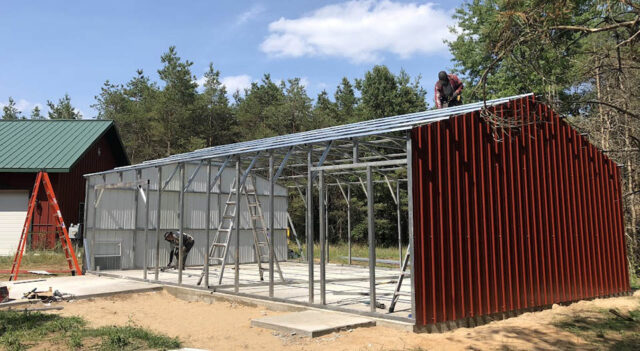
Installing a steel building is a complex task requiring expertise and precision. An experienced professional ensures that each component fits perfectly, maintaining the structural integrity of the building.
Improper installation can lead to issues like misaligned frames, creating weaknesses in the structure. Invest time in researching and selecting a contractor with a proven track record. This choice is crucial in avoiding costly repairs and ensuring the safety and durability of your building.
Proper Insulation
Steel buildings need effective insulation for temperature control and energy efficiency. Insulation plays a key role in maintaining a comfortable interior environment and reducing heating and cooling costs.
The type of insulation can vary based on climate and building use. For instance, spray foam insulation is effective for airtight sealing, while fiberglass is a cost-effective solution. Selecting the right insulation material and ensuring its proper installation are vital for the building’s performance and operational costs.
Regular Maintenance
Maintaining your steel building is essential for its longevity. Regular checks and upkeep prevent minor issues from turning into major problems. Key maintenance tasks include inspecting for rust, ensuring roof integrity, and checking insulation. A routine maintenance checklist helps in timely identification and resolution of issues.
This proactive approach saves money in the long run and ensures that your building remains safe and functional for years to come. Additionally, attention to detail in areas like gutter cleaning and paint touch-ups can significantly extend the lifespan of your building.
Safety Measures
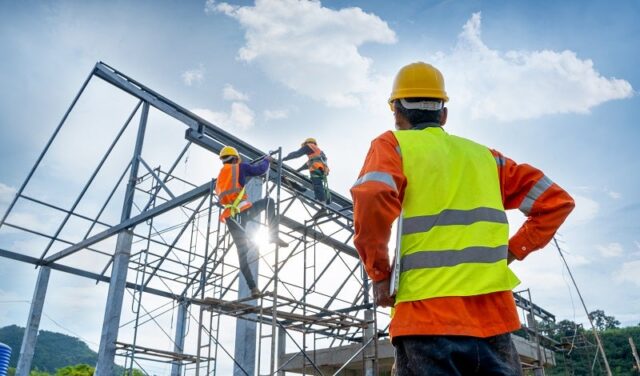
Safety is paramount in steel buildings. Incorporating features like fire-resistant coatings, emergency exits, and sturdy handrails enhances the safety of occupants. During construction and throughout the building’s lifespan, prioritize safety in every aspect.
Regular safety audits and adherence to safety protocols ensure a secure environment for everyone. Investing in these safety measures is not just a regulatory requirement but a moral responsibility. Regular training for occupants on emergency procedures also plays a crucial role in enhancing safety.
Compliance with Codes
Adhering to local building codes and regulations is not optional; it’s essential. Non-compliance can lead to legal repercussions and safety hazards. These codes ensure that your building meets the minimum safety and structural standards.
Consult with local authorities or experts to understand and implement these requirements. This compliance is crucial for the legitimacy and safety of your steel building. Staying updated with changing regulations and seeking periodic expert consultations can further ensure compliance and safety.
Cost Considerations
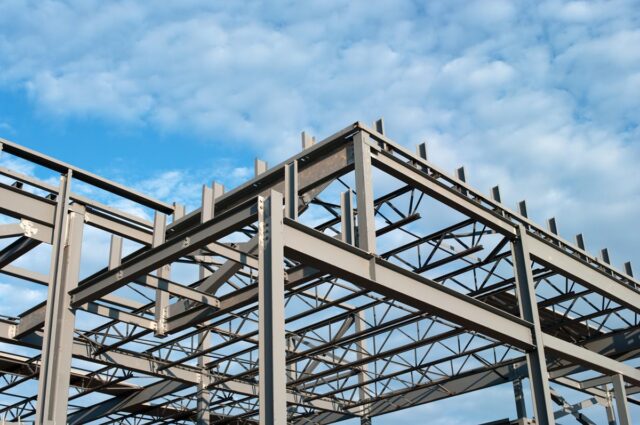
Building a steel structure involves careful budgeting and cost considerations. While it’s tempting to cut corners, remember that quality and safety should never be compromised. Proper planning can lead to significant cost savings in the long run. Choose materials and designs that offer the best value for money.
Seek expert advice to make informed decisions that balance cost with quality and functionality. Additionally, investing in energy-efficient features can reduce operational costs, making the building more sustainable and cost-effective in the long term.
Conclusion
Building the perfect steel structure is a meticulous process that demands attention to detail in every aspect. From selecting the right location to ensuring regular maintenance, each step contributes to the building’s structural excellence.
Applying these tips will guide you in constructing a steel building that is not only aesthetically pleasing but also safe, durable, and functional. Remember, the goal is to create a structure that meets your needs today and remains resilient for years to come.









